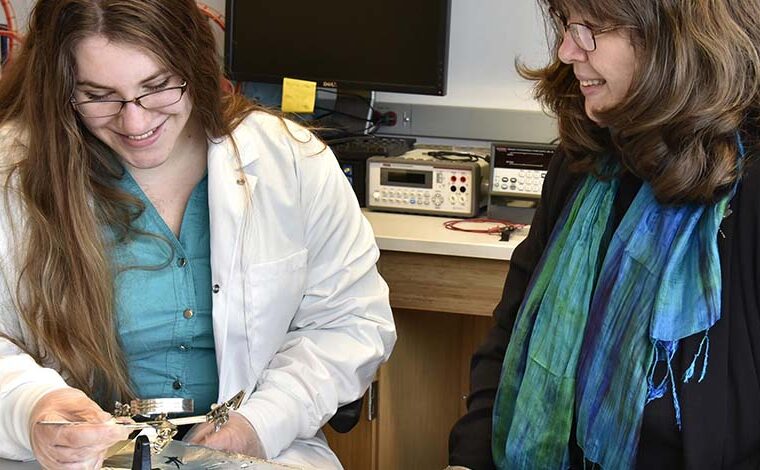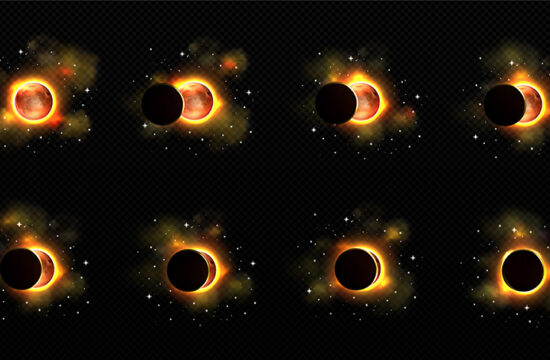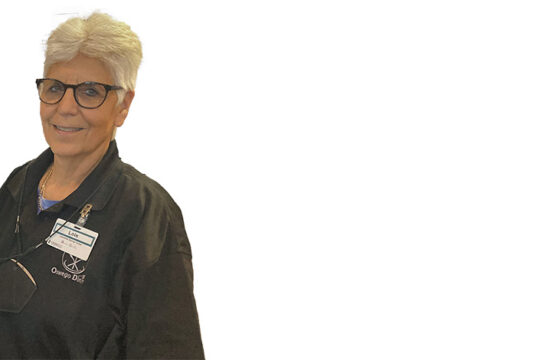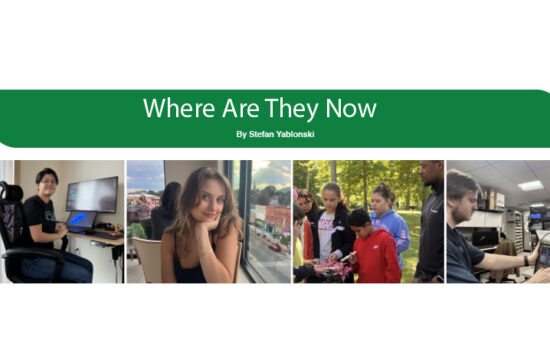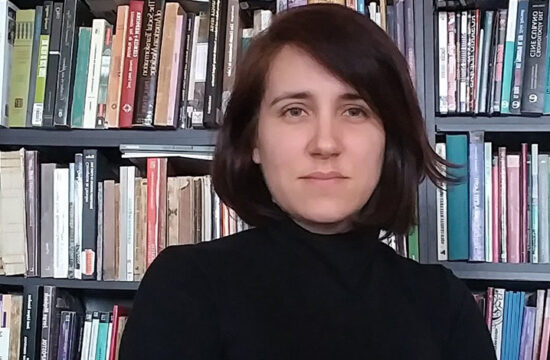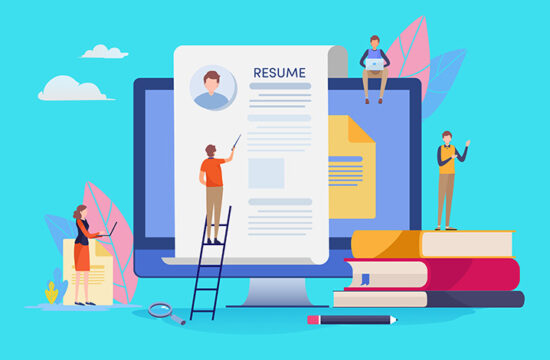She hopes more women will be encouraged to enter the field
By Steve Yablonski
Lauren Samson won a national award at the Sigma Xi scientific research conference for some innovative research on uranium and ground water.
The SUNY Oswego senior is considering a career in the physics field after graduate school.
Has SUNY Oswego prepared her for her next step?
“I would say fairly well. The coursework has a wide range of topics, as well as enough depth to give a good foundation before specializing in research [or] grad school,” she said. “Different professors throughout my time here at Oswego have made it a point to have students do projects and present them. So, I’ve had a bit of practice before going and presenting at conferences.”
In addition, the graduating seniors of the physics department all know each other quite well and have formed a research group of sorts, she added.
“I will be doing research with a fellow senior next semester. Others have grouped up to do their senior research,” Samson said. “The group mimics and prepares us for the typical graduate ‘group’ commonly seen especially for students working on their Ph.D., and as science is still very much about networking and people skills, this is a great starting point for (hopefully) a lifetime of working closely with colleagues.”
She said she’d most likely be pursuing a job in the physics industry or a related field after finishing grad school, most likely with a Ph.D. However, because of her continued work in her subfield of choice, materials science, “I could take up a job in chemistry or engineering as well,” she added.
They did this Sigma Xi research as a proof of concept to see if the usage of the peptide (biological material) was feasible, she said.
“Due to the inherent properties of the peptide (it’s considered a self-assembled monolayer, SAM, kind of like a designer molecule), we can add or remove different parts and chains of the molecule to tailor it better for our needs,” she explained. “Specifically, we were looking into adding more ‘groups’ onto the molecule, with the understanding that we would be adding more sites for the uranium to bind to (kind of like adding more parking spaces to a parking lot), allowing a greater binding potential and overall better testing material, formally known as a biosensor.”
Hopefully this concept [adding ‘groups’ of molecules onto peptide proteins] could be picked up by water treatment groups to be used for its intended purpose: testing for uranium.
“With this note aside, hopefully this concept could be picked up by the government or water treatment groups to be used for its intended purpose: testing for uranium, cheaply and with little harm to the environment, since the peptides that the biosensor are composed of are natural; found commonly within our own bodies,” she said.
Local influence
“The first teacher who influenced me and set me upon my current path? My [Oswego] high school physics teacher, Tom Altman. I unfortunately didn’t get to make holograms in his class. We were able to make ‘Star Wars’ lightsaber pictures with his lasers, through!” she said.
The next professor who helped her along her journey would be Shashi Kanbur.
“See, originally, I wanted to be an astronomy major. When I decided that I wanted to attend SUNY Oswego, confirmed my attendance here, I had to face the issue of finding a different major to study, since Oswego only has the astronomy minor,” she said. “So, I spoke with Dr. Kanbur, who is well known for his astronomy research and was head of the physics department at the time. He convinced me that I should take the physics major and astronomy minor, not only to add more depth and much needed background to my astronomy knowledge (being more in line with an astrophysics degree; better job potential), but also to give me a wider knowledge base in case my ‘plan A’ with astronomy didn’t work out.”
And that really became her driving force and motto throughout her college career: jack of all trades.
“It also allowed my mind to wander and explore more of what the science world had to offer, including giving me enough knowledge to discuss topics with great detail with colleagues and friends from other disciplines like chemistry, but also led me to discovering the wonderful idea of working in materials science, a crossroads between physics, chemistry, biology, mathematics, engineering and even computer science, one of the very few cross-discipline subjects,” she said.
A wonderful adviser
“This leads me neatly along to working with my wonderful and current adviser, Dr. Carolina Ilie, who a friend of mine introduced me to. She helped me apply to my REU out in Nebraska, where I did the peptide uranium research, and has continued supporting [and] working with me for both my senior research as well as with the group from Nebraska remotely.
“She’s a great hardworking mother of two and a wonderful professor. It’s a delight to have her as a professor. She not only shows that she cares for her students, but actively tailors her material to make it fun and interesting for students, even seemingly abstract theory classes. I have a massive amount of respect for her, doing all that she does while still caring for her family, especially since her husband is also a professor here at Oswego,” she said.
Does Samson consider herself a role model?
“Previously, I would have said no. A part of me still does. After all, I’m just a simple college student doing the best work that I can and studying hard,” she said. “I’m no master and I couldn’t do my research without help from both of my advisers and the graduate group, who all were extremely understanding and helpful, really fostering my excitement and confidence, especially since my adviser at Nebraska really pushes his students toward working on new topics in order to broaden their knowledge and skill base.”
However, a few recent events come to mind that seem to suggest the latter, she admitted.
“Not long after news about my conference win, a friend and I sat in on an introductory physics lab review session. The professor there introduced me to the students, many of which were women, and allowed a short Q&A session. All of the questions were wonderful,” she said. “It brought me great joy to see these young physicists asking such great, intuitive questions about my research and the research process as a whole.”
Another situation that comes to mind, she noted, is at a conference she attended a few months ago. It was by and for women in the physical sciences.
“I had quite a few attendees come up to me praising my work and my ability to explain my complex topics in a way they could understand,” she said. “The women I sat and chatted with for the remainder of the conference, many of which expressed their nervousness [and] anxiety at presenting, I felt I was able to help them relax, become more confident not only giving my presentation, but also by offering words of advice from things I had learned at previous conferences, as telling some silly stories about my own embarrassing moments.”
Samson would like to see more women, not only in physics, but also in STEM [science, technology, engineering and math] as well. For physics, especially theoretical and computational (computer modeling) and mathematical or abstract physics, it really takes a lot of hard work and dedication to getting the degree.
It also could be a personal sacrifice, as with long hours and a lot of travel to conferences (maybe not so much anymore with the increasing popularity of virtual meetings). It can be hard to raise a family, she said.
“But if you have an interest, and possibly are looking for a challenging, but rewarding, subject of study with a lot of applications [and] job opportunities, this is a great field of study. I also think that the tendency of science to be very people-oriented, which is often overlooked by prospective students, could be a great atmosphere for women, especially more so as more and more female scientists begin working in the field,” she said.
Featured image: SUNY Oswego senior physics major Lauren Samson (left) earned the Top Presenter Award at the 2021 Sigma Xi Student Research Conference in November. Working with mentor and physics professor Carolina Ilie (right), Samson has enjoyed a lot of opportunities for research and professional development while in college.


